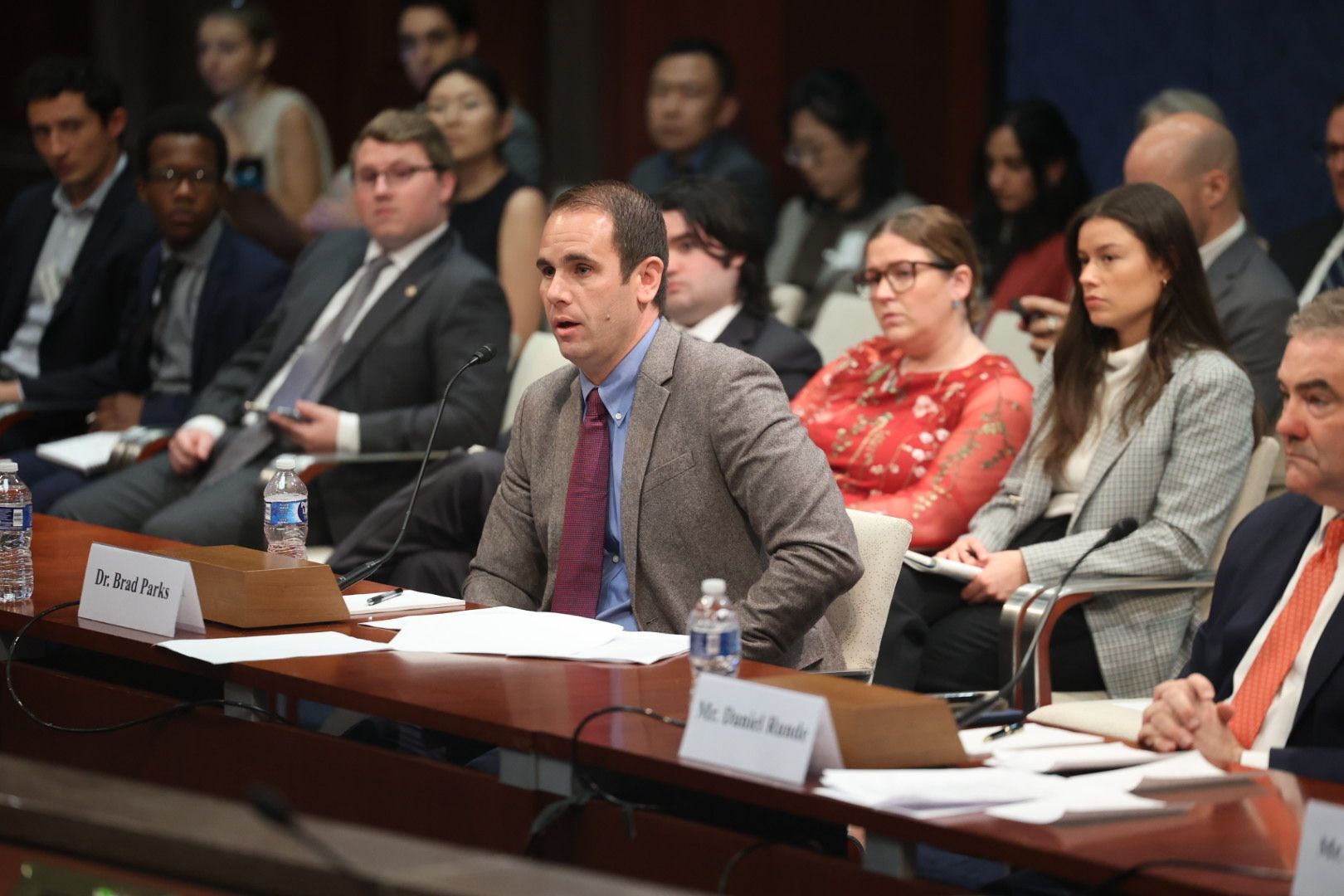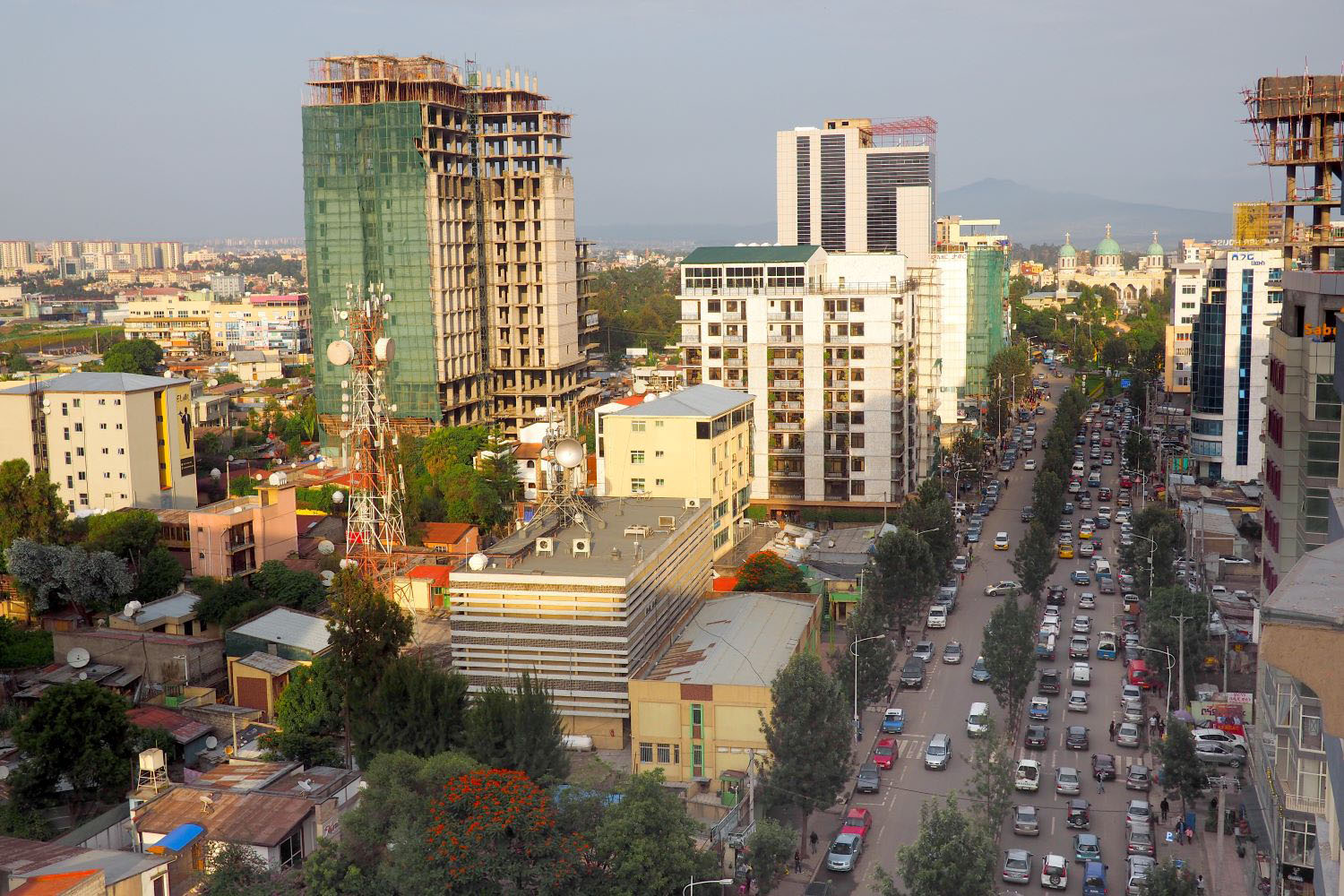I argued three months ago that donors should refinance rather than cancel Burma's $11 billion debt. The logic: the reforms underway in Burma, while remarkable and welcome, are also delicate, reversible, and incomplete. The country's famed opposition figure Aung San Suu Kyi called early this year for the suspension rather than termination of the economic sanctions against her country. Refinancing is the analogous move in the debt arena: it gives the country breathing room while preserving the option of further rewards for further reform.The World Bank and other donors will meet in January to confront the handling of Burma's debt, especially the nearly $6 billion in past-due amounts. Until these arrears are cleared, it will be hard for the international lenders such as the World Bank to do business with the country.On paper at least, it is impossible for the World Bank to refinance arrears since its policy is not to lend to current defaulters. Refinancing, after all, means extending new loans. But increasingly over the last decade, the World Bank's two main official lending arms---the International Bank for Reconstruction and International Development Association---have found ways to skirt this diktat for the sake of geopolitics or common sense. (The IBRD lends at near-commercial interest rates while IDA makes 30--40-year loans with interest rates around 1%.)Some rummaging through the fine print of the agencies' financial statements reveals seven instances totaling $3.1 billion since 2000. (See table below.) In most cases, as I described before, an unnamed angel donor has provided bridge financing. The angel lends the debtor money. The debtor repays the Bank. Suddenly, after years wandering in the desert of the World Bank's financial statement notes, the debtor is in good standing. In hours or seconds, the Bank extends a new loan to the debtor. The debtor repays the angel donor. he process verges on Orwellian at times---loans for development purposes come right back to the Bank's coffers---but it works.And in the special case of the implosion of Yugoslavia, the IBRD was able to lend directly to two successor states, Serbia & Montenegro and Bosnia & Herzegovina, to restore harmony.If they've done it seven times, they can do it again.The Asian Development Bank, on the other hand, appears never to have refinanced. But if the ADB's big sister can do it, then so can the ADB. Perhaps the ADB's first time is approaching.
| Country | Date | Agency | Amount
($ million) | Means |
| Serbia & Montenegro, Bosnia & Herzegovina, successors to former Yugloslavia | 6/30/2002 | IBRD | 1,745 | "New loans extended by IBRD." |
| Cote d'Ivoire | 6/30/2002 | IBRD, IDA | 5 | "Bridge financing provided by an international financial institution." |
| Rep. of Congo | 6/30/2002 | IBRD, IDA | 34 | "Bridge financing provided by an international financial institution." |
| Dem. Rep. of Congo | 7/3/2002 | IBRD, IDA | 338 | "Bridge financing provided by an international financial institution." |
| Liberia | 12/5/2007 | IBRD, IDA | 451 | "Bridge financing provided by member countries." |
| Cote d'Ivoire | 4/2/2008 | IBRD, IDA | 470 | "Bridge financing provided by member countries." |
| Togo | 5/31/2008 | IDA | 110 | "Bridge financing provided by a member country." |
Sources: World Bank Annual Reports, various years, IDA and IBRD financial statements.Note: Amounts are those reported at end of previous fiscal years (June 30).
CGD blog posts reflect the views of the authors, drawing on prior research and experience in their areas of expertise.
CGD is a nonpartisan, independent organization and does not take institutional positions.





